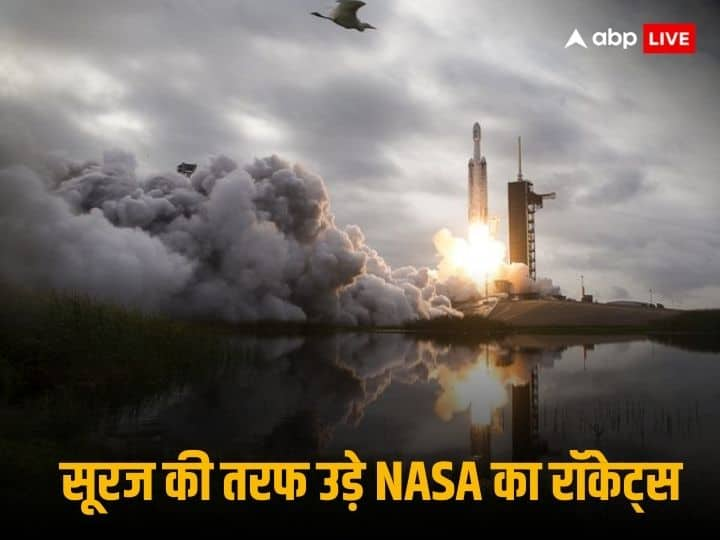[ad_1]
Solar Eclipse: The last solar eclipse of the year has been visible in America. During this time, a ‘Ring of Fire’ was seen forming in the sky, that is, a ring was seen forming around the Sun. While people’s eyes were fixed on the solar eclipse, at the same time the American space agency NASA planned to carry out a big mission. NASA launched three rockets directly towards its shadow during the solar eclipse. This launch also had a special purpose.
The name of this mission of NASA is ‘Atmospheric Disturbance around the Eclipse Path’, which is also known as APEP. The American Space Agency launched all three rockets into the air from the White Sand Missile Range in New Mexico. NASA said that its mission is a completely scientific mission, the purpose of which is to better understand the Earth’s atmosphere. NASA wants to understand what effect the change in light has during an eclipse.
Why did NASA launch this mission?
In fact, information received from previous eclipses shows that when there is a sudden change in light, it has an impact on the Earth. Temperature, wind patterns and even the behavior of animals on Earth begin to change. But very little is known about what effects occur in the Earth’s upper atmosphere, called the electrically charged upper atmosphere or ionosphere. This place is between 50 to 80 km in the sky from the earth’s surface.
In the ionosphere, the sun’s ultraviolet radiation separates electrons from atoms. Because of this, there are charged particles here throughout the day. As soon as the sunlight ends, many of these electrons combine with neutral atoms. When light falls on them again, they separate again. If put in simple language, NASA wants to understand what changes are seen in the Earth’s atmosphere due to the eclipse.
Also read: Who are the three astronauts who returned to Earth after spending a year in space?



















